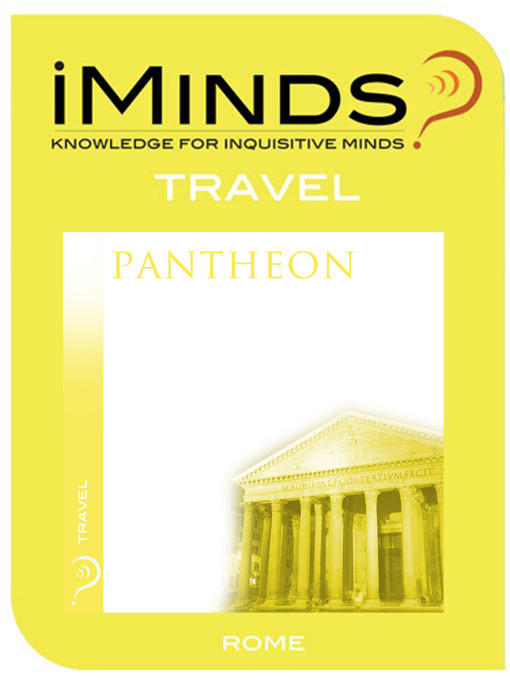Learn about the history of the Pantheon in Rome with iMinds Travel's insightful fast knowledge series. Which Roman building has been used as a military fortress, a Christian church, and a fish and vegetable market during the course of its long life? The answer is the Pantheon, whose majestic columns and magnificent dome ensure its place as one of Rome's most impressive architectural feats. Its ability to be transformed to suit different religions and cultures has ensured it has lasted for millennia. Firstly, the Pantheon is an awesome reminder of Rome's ancient past. It comes from the Greek words 'pan', meaning 'all', and 'theos', meaning 'god'. So it started life as a monument built to all Roman gods. And it was one of the most sacred places in the city in Roman times, with impressive white-marble statues of Jupiter and Minerva once standing there. Visitors today find a Pantheon that is in on lower ground to its surrounds. But it was originally built on level ground. This just shows how much ancient rubble the city of Rome is built on today! Marcus Agrippa built the first Pantheon in 27BC. But the version we see today was constructed by the Emperor Hadrian between 118 and 125AD. Hadrian's building may have replaced Agrippa's, but he paid homage to the former patron, with a Latin plaque that translates to 'M. Agrippa made this'. Both ancient buildings were temples to the Roman gods, but this purpose of the Pantheon was not to last. iMinds will tell you the story behind the place with its innovative travel series, transporting the armchair traveller or getting you in the mood for discover on route to your destination. iMinds brings targeted knowledge to your eReading device with short information segments to whet your mental appetite and broaden your mind.
- Available now
- New eBook additions
- New kids additions
- New teen additions
- Most popular
- Great reads without the wait!
- See all
- Favorite Recorded Books Audio
- Available now
- New audiobook additions
- New kids additions
- New teen additions
- Most popular
- Try something different
- Family Road Trip Audiobooks
- Audiobooks for the Whole Family
- Great Narrators
- Always Available Audiobooks
- Poetry is Meant to Be Spoken
- Great audiobook narrators
- See all
- Top Magazines - Now Available!
- Crafting & DIY
- Just added
- Sports
- Health & Fitness
- News & Politics
- Cars & Motorcycles
- Food & Cooking
- Business & Finance
- Revistas digitales
- 中文(简体
- 雑誌
- See all

